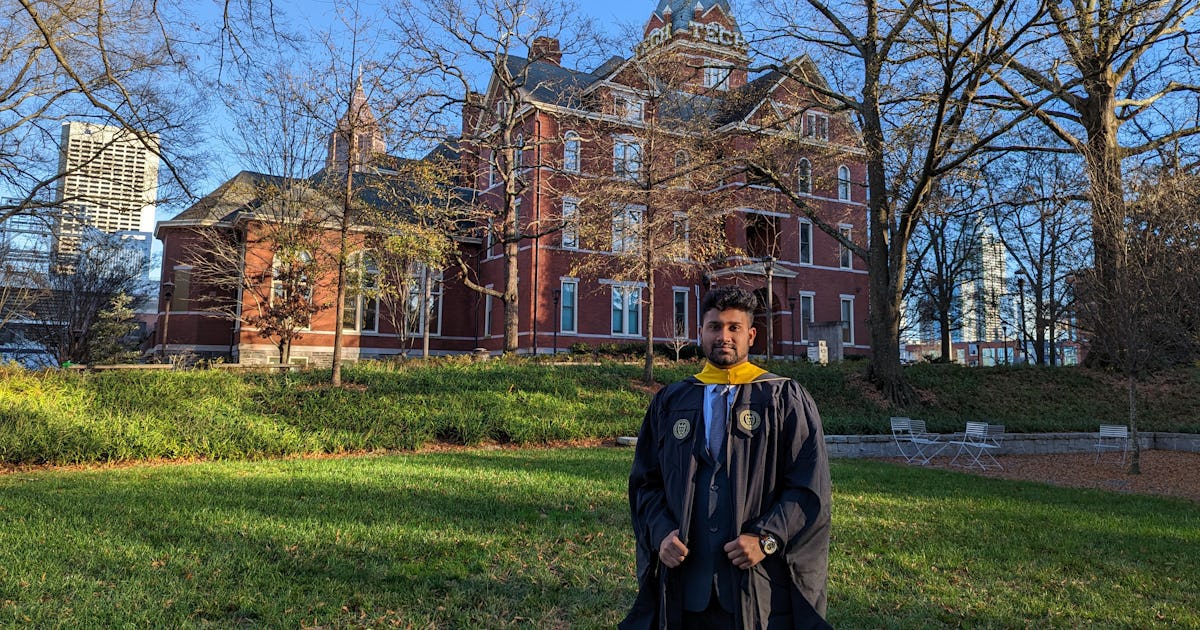Computing has become the support for handling large operations for all types of disciplines, from medicine to entertainment. This means that, as demand grows, the systems supporting this progress must keep pace with bigger data, faster hardware, and more complex software.
This is where Adarsh Kumar Sadhukha comes in. As a software and infrastructure architect at a blue-chip global tech giant responsible for breakthrough AI adoption, he builds and refines the internal tools that engineers use every day to increase computing capabilities without the technical hurdles that typically come when trying to expand internal workflows.
Read on to learn more about Adarsh Kumar Sadhukha’s work and vision for ensuring that the foundations of computing are strong enough to support what comes next.
Reimagining The Backbone Of Engineering
With a bachelor’s degree in Electrical and Electronics Engineering and a master’s in Computer Science, Adarsh has spent the past six years helping shape the backbone of this employer’s developer infrastructure.
His career began with an internship at the company in 2017, where the scale of the company’s internal systems left a lasting impression. That early experience showed him the power of invisible tools: the ones no customer ever sees, but without which no GPU or AI breakthrough could come to life. It set the course for his engineering career, merging his hardware background with his growing expertise in large-scale software systems.
A key example of the kind of work he’s led over the years involved a critical legacy tool that supported the company’s vast hardware build process. Bloated and slow, it had become a bottleneck for the company’s internal engineers. Tasked with rethinking it from the ground up, Adarsh rebuilt the system in modern C++, which introduced faster algorithms, modular structures, and allowed the system to handle larger stacks of data.
The changes delivered a noticeable boost in performance, with builds completing significantly faster, memory demands reduced to a fraction of what they were, and the system becoming far simpler to maintain and extend. What began as a technical fix quickly grew into a company-wide shift, proving the viability of C++ in workflows and sparking broader efforts to modernize other tools.
Adarsh’s View On The Future Of AI
For Adarsh, speeding up tools is only part of the challenge. He finds himself energized by the challenge of building systems that do more than just run tasks. He imagines infrastructure that adapts: tools that quietly detect slowdowns, flag patterns that point to trouble, and even suggest fixes before problems disrupt workflows. “This kind of tool wouldn’t just wait for engineers to notice things — it would learn from how they work,” he says.
To keep up with these developments, he’s gotten certifications in AI and Machine Learning, which can uncover insights from data patterns, which can reflect a potential to shape developer infrastructure that evolves with use.
That mindset underpins his next endeavor: shifting from fast, static software tools to platforms that observe how they are used and adjust accordingly. This vision could translate into practice by building systems that can accurately anticipate performance issues before humans, or search tools that respond instantly, even when scanning vast datasets.
Adarsh has reason to focus on this shift. Recent global surveys show 72% of organizations using adaptive AI reported operational improvements of at least 35%. In environments like Adarsh’s, which will only grow in demand as the years go by, those kinds of performance gains can reshape the workday for thousands of engineers — and he aims to be a part of that evolution.
Leading Through Autonomy
Technical expertise is only one part of Adarsh’s story. Equally central is the way he leads others. At this current company, he has mentored teams of interns and younger engineers, coaching them not only on the technical in-and-outs of algorithms and design patterns but on how to navigate ambiguity and become confident in their criteria and have it reflect in their decisions.
Adarsh aims to empower engineers to treat obstacles not as setbacks but as proving grounds for their own abilities, and to balance persistence with curiosity and a willingness to learn.
This approach can be summarized by one of his favorite quotes from General George S. Patton: “Don’t tell people how to do things, tell them what to do and let them surprise you with their ingenuity.” Through following this framework, he’s worked to help rising engineers under his guidance grow into more self-sufficient contributors.
For Adarsh, leadership is not about handing down answers but about fostering a space that allows others to develop their own.
A Vision Beyond The Horizon
From his early training in Electronics and Computer Science to his current role shaping enterprise-scale infrastructure, Adarsh Kumar Sadhukha has consistently operated at the crossroads of disciplines, showing how the most meaningful advancements that will support technologies like AI will form in the invisible architecture underneath.
His work acts as a reminder that the backbone of progress is not only stronger hardware, but the systems that tie them together. And for Adarsh, the goal remains steady: to build tools that empower engineers to build the future itself.
BDG Media newsroom and editorial staff were not involved in the creation of this content.
Learn Something New Every Day

